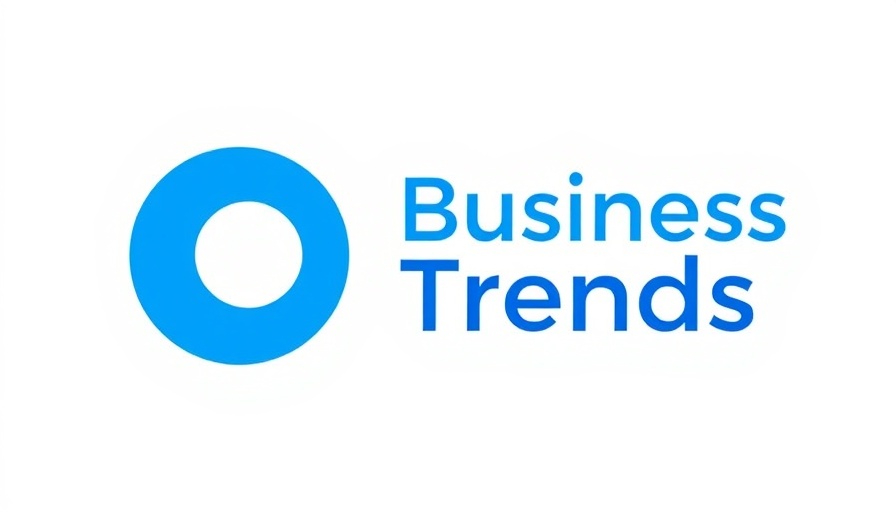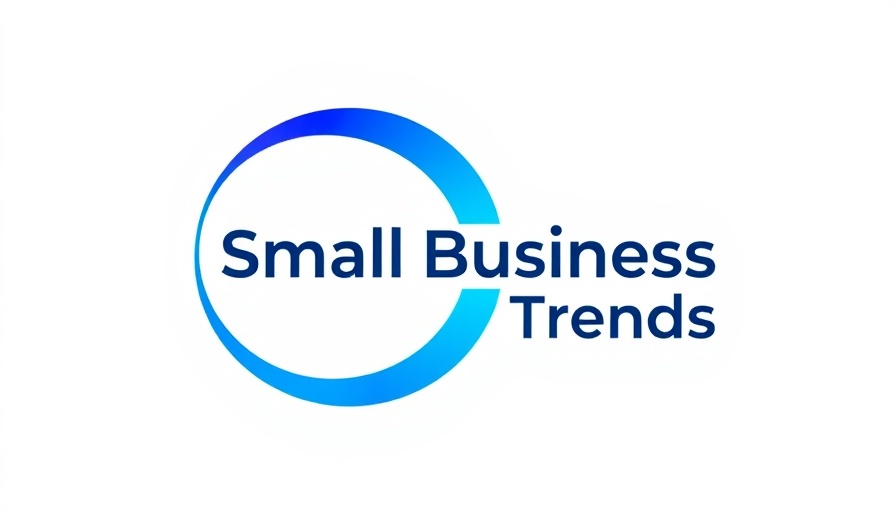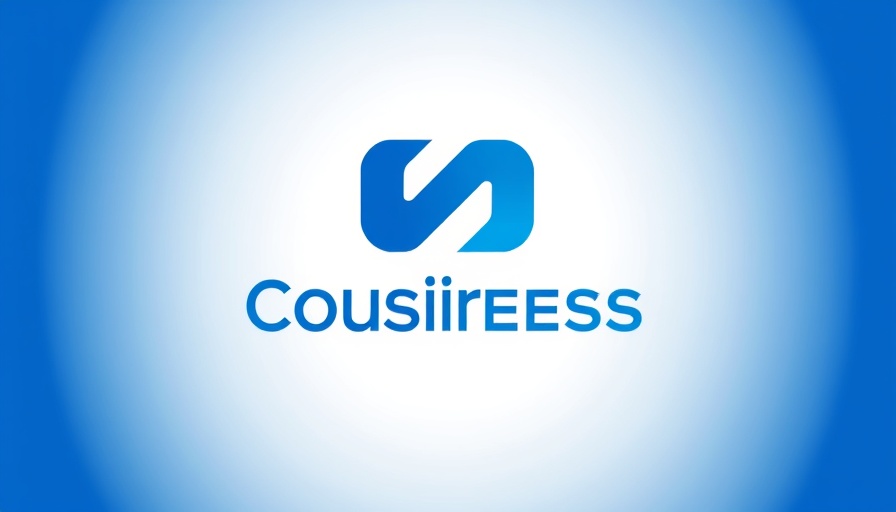
Transforming Marketing Strategies with Human Behavior Insights
In the ever-evolving world of marketing, the key to successful campaigns transcends just targeting the right audience with the right message. Understanding how human behavior influences purchasing decisions is essential for crafting effective marketing strategies. As Nancy Harhut, co-founder of HBT Marketing, emphasizes in her presentation, marketers must engage consumers in a "brain-friendly" manner, where tapping into the intricacies of human psychology can lead to more profound impacts than traditional approaches.
Understanding the Impulse Behind Decisions
At the heart of any marketing effort is the understanding that humans are not entirely rational beings. Drawing on behavioral science, marketers can assess how irrational impulses influence consumer choices. Nobel Prize-winning economist Daniel Kahneman describes the human brain as flawed in its decision processes, often relying on shortcuts that lead to suboptimal choices. By leveraging insights from behavioral science, marketers can refine their strategies to align more closely with inherent consumer biases and preferences.
Utilizing Behavioral Science Principles
Integrating behavioral insights into marketing can amplify effectiveness by aligning messages with consumer psychology. Concepts like social proof, where people follow the actions of others, play a crucial role. For instance, displaying customer testimonials can nudge potential buyers towards making purchases, as it reassures them abut their decisions. Principles such as loss aversion also highlight that potential losses can evoke stronger reactions than potential gains. This insight can steer marketers to emphasize what the consumer stands to lose by not purchasing a product, thereby enhancing the persuasive power of their messaging.
Practical Steps for Leveraging Behavioral Insights
Implementing behavioral science begins with understanding the target market's decision journey. Marketers should utilize frameworks such as the E.A.S.T model—making actions easy, attractive, social, and timely—to optimize consumer interactions. By simplifying processes and reducing friction points, businesses can boost engagement. Additionally, employing authority bias, where endorsements from recognized figures lend credibility to products, can further enhance consumer trust.
The Future of Marketing: Data and Emotional Engagement
As data becomes integral to marketing strategies, understanding the emotional resonation within targeted campaigns takes precedence. Utilizing customer data to personalize interactions while evoking emotional responses can create more meaningful connections with consumers. It’s not just about what consumers want to buy; it’s about how they feel throughout their buying journey. Companies that can harmonize their branding with emotional narratives stand to develop deeper loyalty and engagement.
Evaluating Marketing Effectiveness Through Behavioral Metrics
The push for measurable outcomes requires marketers to examine the effectiveness of their campaigns through the lens of behavioral science. Using metrics that assess emotional engagement and psychological impact enables marketers to refine their strategies continually. Behavioral insights can be woven into A/B testing frameworks to experiment with different messaging and formats, ultimately elevating campaign performance.
Conclusion: Embracing Changes for Future Success
The integration of human behavior insights into marketing strategies signifies a shift towards more consumer-centric approaches. By understanding the practical applications of behavioral science, marketers can create more impactful campaigns that resonate on a deeper level. As consumer preferences shift, staying innovative in leveraging these insights will be essential for growth and strategy execution in an increasingly complex marketplace. To learn more about incorporating behavioral science into your marketing efforts, connect with industry experts and explore related resources.



Write A Comment